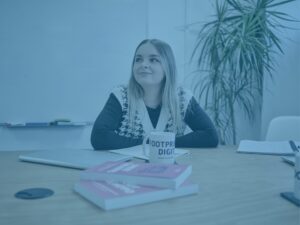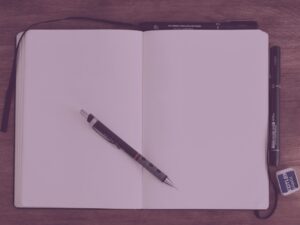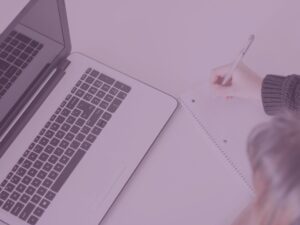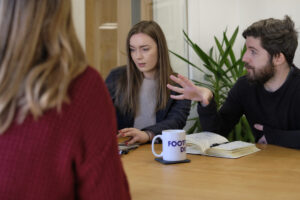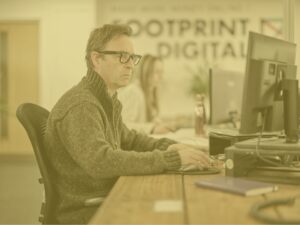
Blog
Part 1: The Illusion of Creativity: Are We Losing Sight of the Real Thing?
12th Aug, 2025
It could be said that we’re living through a moment of creative anxiety due to advances in technology.
With AI now capable of writing essays, composing music, generating images, many are asking: Where does that leave human creativity? It’s a valid point, but here’s the question I would respond with: Hasn’t every creative revolution started with a new tool?
When Apple released its now infamous “CRUSH” ad for the iPad, it landed with a dull, heavy thud – not just physically, but emotionally. In the ad, an industrial press obliterates a series of creative tools, and works of art: a trumpet, a piano, paint cans, books, a camera, even a sculpture. The message from Apple… this sleek, slim tablet, that you can carry in your bag, will make you an artist. The message that landed with most people…creativity has been condensed, flattened, digitized, and you can buy it at your local Apple Store!
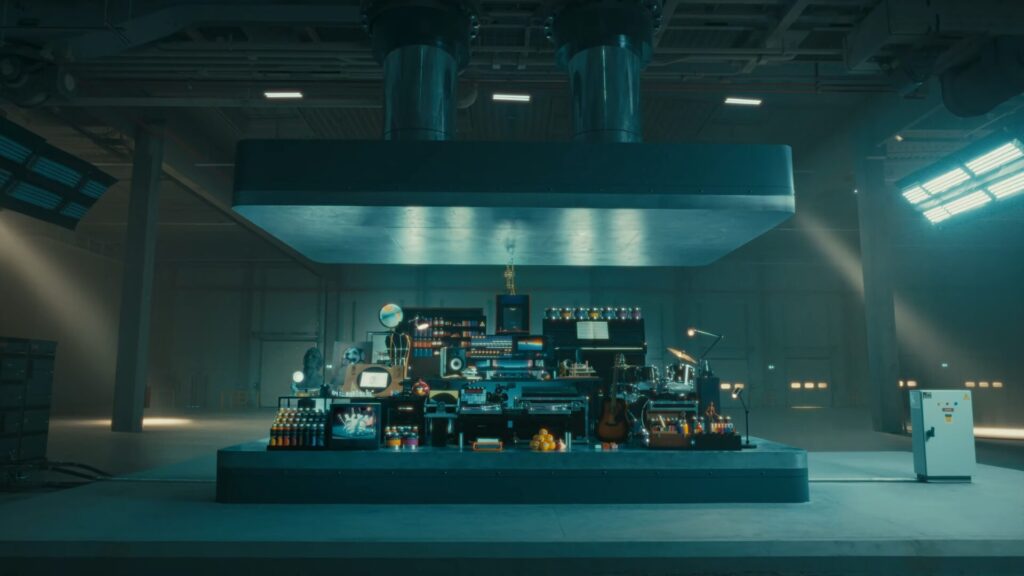
How depressing, especially from a company that once inspired us with creativity.
This is the same Apple that, in 1984, ran an ad parodying George Orwell’s dystopia to position the Macintosh as a gateway to a brighter, more imaginative future. A future full of colour, opportunity, and artistic rebellion. And now? The instruments of creativity, once celebrated, were being symbolically crushed for convenience.
This isn’t just an Apple problem. It’s a cultural problem.
In the age of AI and automation, what does happen to human creativity?
The fear is clear, our tools have become so smart, so capable, that they might replace us, even our ability to create art. But perhaps history tells us we should be a bit more hopeful about what lies up ahead.
Creativity Evolves Alongside Technology
Throughout history, new technologies haven’t replaced creativity, they’ve transformed it.
When photography was invented the French painter Paul Delaroche declared that painting was dead. After all, why bother painting a portrait when a camera could capture reality in seconds?
But photography didn’t kill painting. It freed it.
No longer bound by the need to imitate reality, painters explored new paths: the fractured perspectives of Cubism, the bold colour of Fauvism, the inner chaos of Abstract Expressionism. Photography didn’t end painting, it pushed it forward, breaking new ground well into the next century.
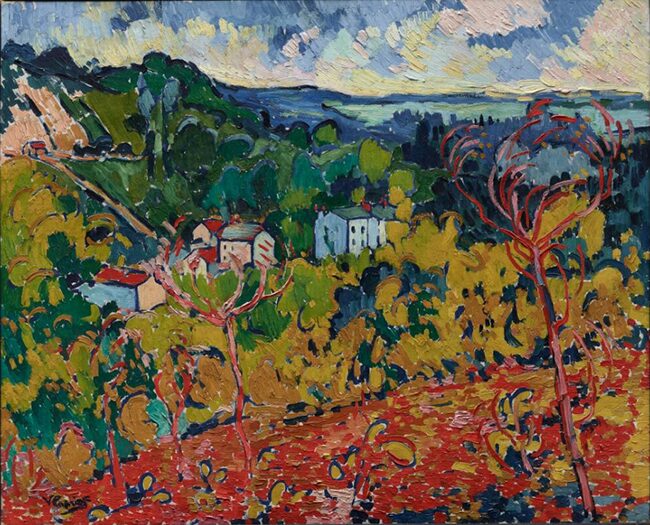
Likewise, digital imagery changed the rules of photography itself. As manipulation became easier, photography evolved from documentation into conceptual exploration. The camera became not just a recorder, but a tool for visual poetry. The idiom ‘the camera never lies’ was destroyed, as artists showed us that lying is what the camera does best!
Ink, Intelligence, and the Illusion of Effort
Today’s debate over AI and writing echoes this same pattern.
Many people have issues with AI-written content, stories, or poetry. They see it as cheating, requiring no effort, which equates to having no value, and being inauthentic. But few of those same people object to spellcheck, Grammarly, or autocomplete, tools that quietly support and shape our words every day.
So, where do we draw the line?
Is it less “authentic” to use AI to brainstorm headlines than it is to consult a colleague, a thesaurus, or an editor? Writing has always involved collaboration, feedback, and iteration. We’ve long accepted tools that help us express ourselves. AI simply offers more of that help, faster.
The question should not be can AI write, the question should be do we still care about what’s being said, and why?
Creativity and Working 9 to 5
It’s tempting to think of creativity as something that belongs to artists, designers, or musicians, but in reality it’s just as essential in day-to-day life, particularly in the cut-and-thrust of modern business where we’re all looking for those marginal gains, the things that differentiate us from the crowd.
Whether you’re in marketing, HR, finance, or operations, creativity is often the difference between ticking boxes and taking things to the next level.
AI may take over repetitive, rules-based tasks, but that makes the uniquely human skills, finding new angles, solving complex problems, building relationships, even more valuable. The ability to think creatively isn’t a nice-to-have in the workplace; it’s a competitive advantage.
AI can provide data, analyse patterns, and even recommend actions, but decision-making in business is rarely about numbers alone. It’s about reading the market’s mood, understanding the subtleties of customer relationships, and aligning choices with the company’s vision and culture. This is where creative thinking comes in. It’s what allows leaders to pivot when a plan isn’t working, to imagine a product no competitor has launched, or to craft a campaign that makes people feel something.
AI can guide you to the fork in the road but only humans can choose the path that shapes the future.
If AI streamlines processes and removes much of the day-to-day chaos from our jobs, it might also reduce the ‘stretch’ moments, the times we’re forced to innovate under pressure or rethink a problem entirely. These moments, uncomfortable as they can be, often spark the biggest leaps in progress. The question for businesses is whether AI will make work so efficient that we lose these moments entirely, or whether it will create space for structured, deliberate creativity.
Used well, AI could free us to spend more time on big-picture thinking, brainstorming, and experimenting, the activities that drive real innovation.
Famously at Google it’s these moments that led to Gmail, Maps and Street View, and how different the world would be if Steve Jobs hadn’t demanded ‘1,000 songs in your pocket’!
The Tech’ is not the Genius
Think of the renaissance artist Leonardo da Vinci.
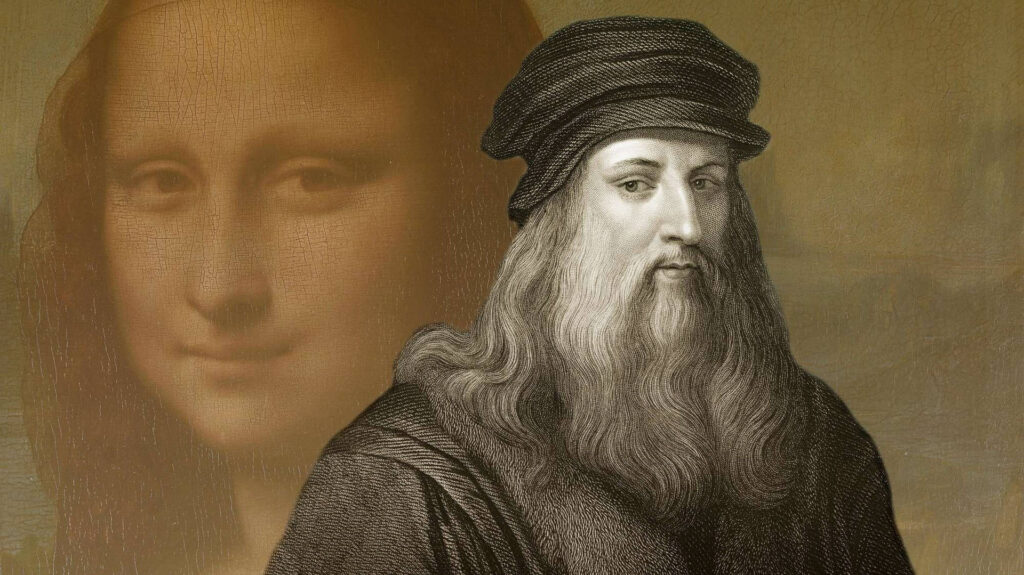
As well as painting The Mona Lisa and The Last Supper, he was an inventor, a scientist, and a visionary. Some would say the most creative person who’s ever lived. He created flying machines, anatomical drawings, and timeless art using nothing more than handmade pigments, paper, and a pencil.
Now imagine if Leonardo had AI in his toolkit; a modeler, a translator, a simulator, a visualizer, all in one.
Would he have feared it? Or would he have used it to explore faster, go further, and dream bigger?
The power never comes from the tool, it comes from the mind that uses it.
I was at a presentation a couple of years ago. The keynote speaker enthusiastically described AI’s potential to ‘outsource decision making’. The concept made me nauseous, because thinking, deciding, is the essence of what makes us human. Outsourcing decision making isn’t just lazy. It’s a form of mental disengagement. It’s stepping back from life itself. This isn’t what AI is for. AI is not here to replace our thinking. It’s here to support it, to make the act of thinking more inspired, informed, and imaginative.
AI won’t replace great artists, writers, or thinkers, but it might allow more people to become one, if we stay engaged.
The Illusion of Creativity
There’s something else that worries me, something deeper than whether AI can draw, compose, or write.
It’s the idea that AI might reprogram how we perceive creativity itself.
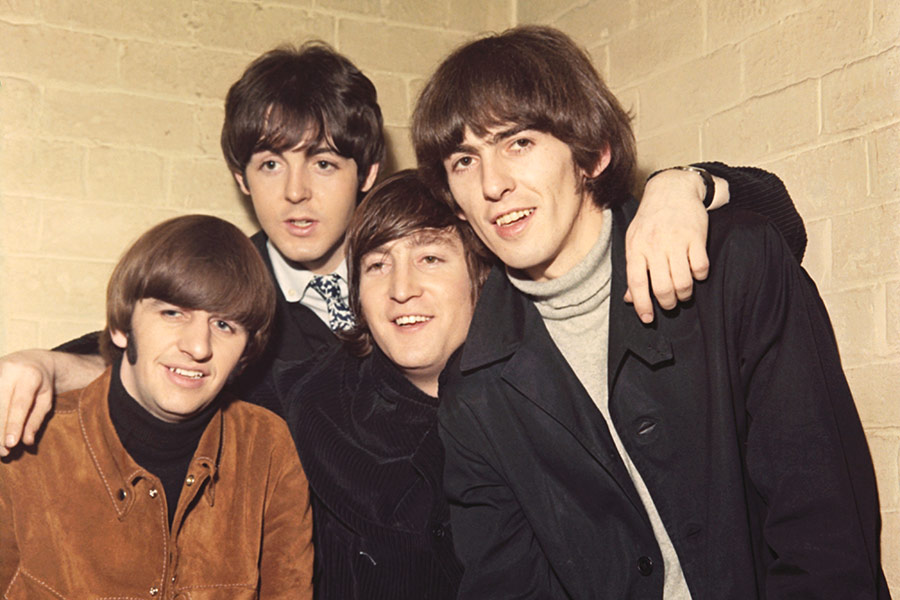
When a machine can produce a painting that looks like Monet, a song that sounds like The Beatles, or a poem that echoes Bukowski, we might start to believe that surface is all there is.
That creativity is just an output, something clever looking, stylistically familiar, and fast.
But real creativity is not just about style. It’s not about how closely you can mimic something that already exists.
Real creativity is about intention, struggle, risk, and discovery. It’s not about how well something looks like art, it’s about whether it feels like something new.
And when we’re surrounded by endless streams of AI-generated content, the risk is that our standards shift. That we start mistaking simulation for sensation. That we confuse a well-trained algorithm with a deeply felt idea.
Will this make it harder to recognise true creativity? Maybe. For a time.
But I believe the real artists, the ones with something to say, not just something to replicate, will still rise above the noise. In fact, they may stand out even more clearly because of it.
When everything looks like art, authenticity becomes even more valuable, more sought after. The future won’t be defined by who can create the most polished imitation – who was it that said taste is the enemy of art?
It will be defined by those bold enough to be original, even when AI can do ‘almost’ everything else.
History is Full of Creators Who Embraced Innovation
Great artists have always used the tools of their time, and often bent them to their will.
Jackson Pollock revolutionised painting by pouring industrial paint directly onto canvas, abandoning brushes to capture movement and emotion.
James Joyce exploded the boundaries of the novel using stream-of-consciousness and typographic play to rethink storytelling itself.
Kraftwerk embraced early synthesizers and drum machines to invent electronic music, creating an entirely new sonic language.
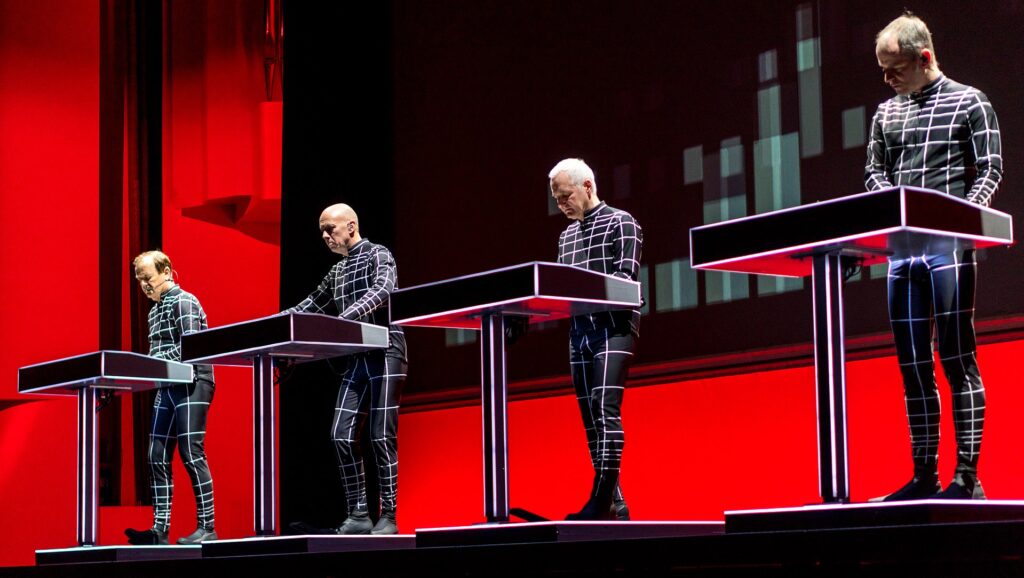
Each of these creators didn’t wait for permission.
They embraced new tools; reimagined what art could be and changed their disciplines forever.
Will AI Help us Evolve or is it Here Just to Entertain Us?
Creativity isn’t just something we enjoy, it’s the root of human progress.
From the first cave paintings to the first wheel, from oral storytelling to rocket science, the act of imagining something that doesn’t yet exist, and then trying to make it real, is what has propelled us forward for over 300,000 years. So, it’s fair to ask, does AI benefit the continued development of human experience and understanding? Or does it risk slowing it down?
I think back again to that speaker who promoted the idea of ‘outsourcing decision making’.
To me, that felt like more than a bad idea, it felt like an act of disconnection. From thought. From responsibility. From life.
Because when we stop deciding, when we stop engaging deeply with the world, we also stop growing. And I worry that, for many, AI might become a distraction rather than a catalyst. That we’ll play with the new toys, be dazzled by the shiny surfaces, and gradually forget how to be resourceful, intuitive, or truly inventive.
The danger isn’t that AI is too powerful. It’s that we might become too passive and confuse the illusion of creativity with the real thing. That we might stop questioning, stop exploring, and settle for what feels clever instead of seeking what feels true.
But it doesn’t have to be that way.
The same tool that can dull our edge can also sharpen it, if we choose to stay awake and use it with purpose.
Final Thought – We Live in Exciting Times
AI is not the enemy of creativity. It’s a new tool, a brush, a keyboard, a lens we haven’t fully explored yet.
If we treat AI as a collaborator, something to bounce ideas off, to refine, to explore, it becomes an amplifier, not a replacement. What remains essential is the human part, the stories we want to tell, the risks we’re willing to take, the meaning we want to convey.
We’ve never had tools this powerful before. That’s what makes this moment exciting, not terrifying. The tools are getting smarter. Our challenge is to be bolder. The question we should be asking ourselves isn’t what will AI create? It’s what will we create now that we’re no longer limited by the tools? This is a moment to imagine more, risk more, and dare to create what only humans can…meaning.
End
Related Categories
Previous
Law Firms, Social Proof, and Digital Marketing: Why the Legal Sector is (Finally) Catching Up


